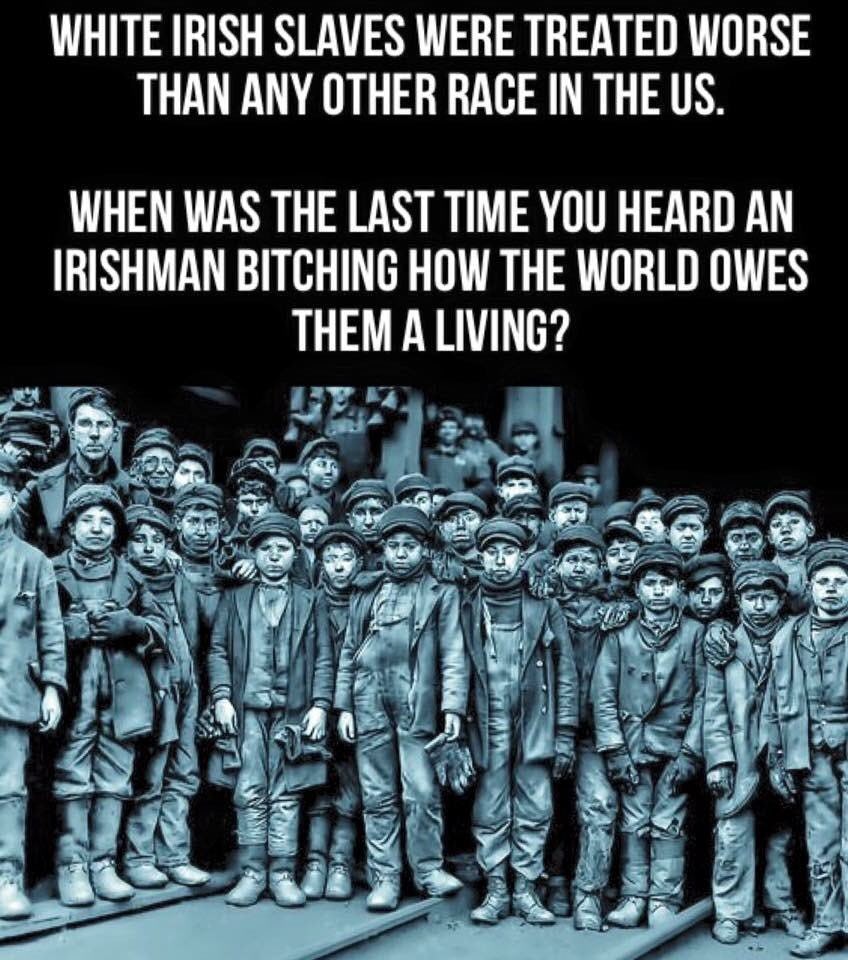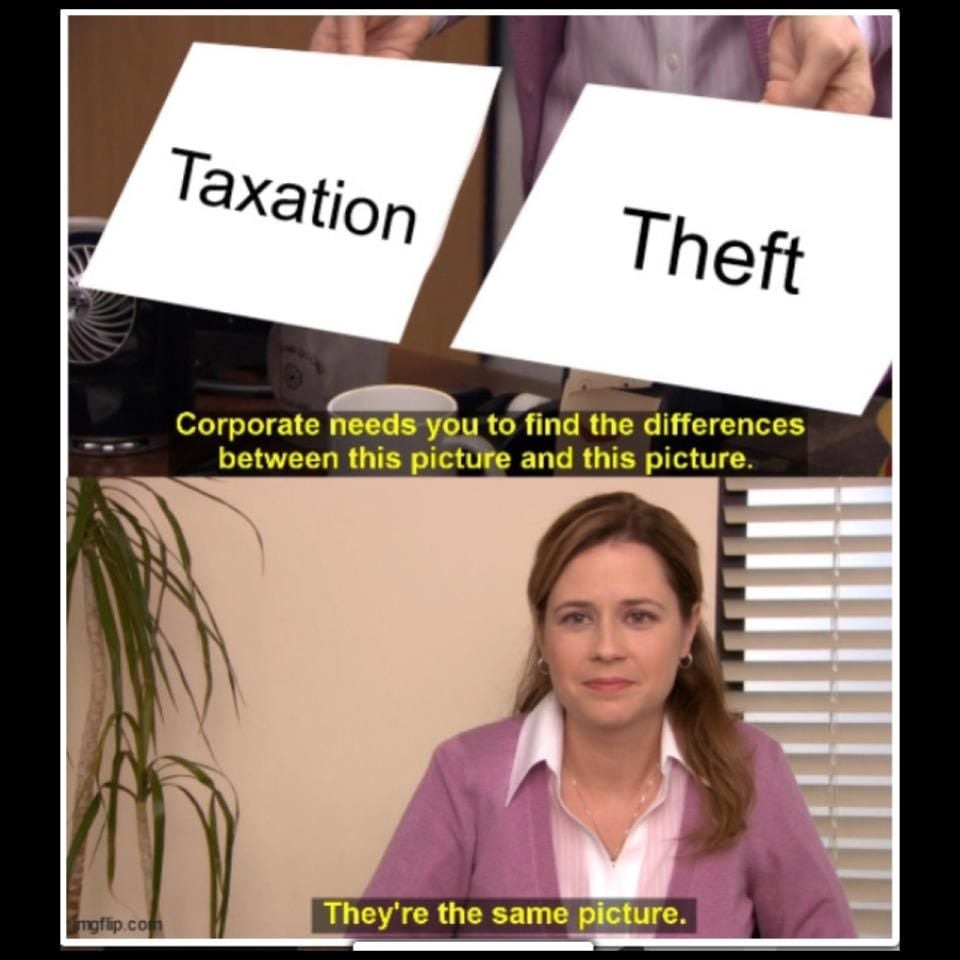Slave memes have taken the internet by storm, sparking debates about cultural sensitivity, humor, and historical awareness. These viral images often depict themes related to slavery, oppression, or societal struggles, resonating with audiences in unexpected ways. However, their rise in popularity has also raised concerns about the ethical implications of using such sensitive topics as a source of entertainment.
As digital culture evolves, understanding the context and implications of slave memes is crucial. This guide dives deep into the origins, cultural impact, and controversies surrounding these viral phenomena. Whether you're a casual observer or someone deeply invested in internet culture, this article aims to provide a balanced perspective on the topic.
Through this exploration, we'll examine how slave memes reflect broader societal issues, the potential consequences of their use, and the importance of responsible content creation. By the end of this guide, you'll gain a clearer understanding of why these memes matter and how they shape our collective digital landscape.
Read also:Unveiling Theresa Caputos Boyfriend The Man Behind The Medium
Table of Contents
- Introduction to Slave Memes
- A Brief History of Slave Memes
- The Cultural Impact of Slave Memes
- Controversies Surrounding Slave Memes
- Types of Slave Memes
- Psychology Behind Slave Memes
- Ethical Considerations
- Role of Social Media Platforms
- Alternatives to Slave Memes
- Conclusion
Introduction to Slave Memes
Slave memes refer to a category of internet humor that incorporates themes related to slavery, servitude, or historical oppression. While some may view these memes as harmless jokes, others argue that they trivialize serious historical events. This section explores the basics of what constitutes a slave meme and why they have become so prevalent in modern internet culture.
One of the reasons slave memes resonate with users is their ability to highlight contemporary issues through historical lenses. For instance, memes about "modern slavery" often critique workplace exploitation or societal inequalities. However, this approach can also lead to misunderstandings if the historical context is not properly addressed.
Understanding the nuances of slave memes requires examining both their creative aspects and the potential consequences they carry. By analyzing their structure and purpose, we can better appreciate the dual-edged nature of this form of digital expression.
A Brief History of Slave Memes
Origins of Slave Memes
The origins of slave memes can be traced back to early internet forums and image boards where users shared humorous content based on historical themes. Initially, these memes focused on broader topics like servitude or labor exploitation but gradually evolved to include more specific references to slavery.
Evolution Over Time
As social media platforms gained popularity, the reach of slave memes expanded exponentially. Platforms like Twitter, Instagram, and TikTok allowed creators to share their content with global audiences, leading to increased visibility and engagement. However, this widespread adoption also brought attention to the potential pitfalls of using sensitive topics as comedic material.
The Cultural Impact of Slave Memes
Positive Influences
Some argue that slave memes can serve as educational tools by sparking conversations about history and social justice. By presenting complex issues in an accessible format, these memes encourage users to think critically about the world around them.
Read also:How Old Is Doechii Unveiling The Age Of The Rising Star
Negative Influences
On the other hand, the misuse of slave memes can perpetuate harmful stereotypes and downplay the gravity of historical atrocities. Without proper context, these images may reinforce prejudices or desensitize viewers to the realities of slavery.
Controversies Surrounding Slave Memes
Misrepresentation of History
One of the most significant controversies surrounding slave memes is their potential to misrepresent historical facts.Creators often prioritize humor over accuracy, which can lead to misunderstandings or misinformation among audiences.
Offensive Content
Another concern is the offensive nature of some slave memes, which may offend individuals or communities affected by slavery. This raises questions about the ethical responsibility of content creators to consider the impact of their work on diverse audiences.
Types of Slave Memes
Historical References
- Memes depicting famous historical figures involved in slavery
- Images referencing specific events or periods in history
Modern Parallels
- Workplace slavery memes highlighting labor exploitation
- Social commentary memes addressing systemic oppression
Psychology Behind Slave Memes
From a psychological perspective, slave memes tap into our innate desire to find humor in difficult situations. This coping mechanism allows individuals to process complex emotions and navigate challenging topics in a more approachable manner. However, it's essential to recognize the boundaries between healthy humor and harmful trivialization.
Ethical Considerations
Responsibility of Creators
Content creators have a moral obligation to ensure their work does not harm others or perpetuate negative stereotypes. By prioritizing empathy and understanding, creators can produce engaging content that respects historical and cultural sensitivities.
Consumer Awareness
Audiences also play a crucial role in shaping the ethical landscape of internet culture. By critically evaluating the content they consume and engaging in constructive discussions, users can help promote responsible digital behavior.
Role of Social Media Platforms
Social media platforms bear significant responsibility in regulating the spread of potentially harmful content. By implementing robust moderation policies and fostering inclusive communities, these platforms can mitigate the negative effects of controversial memes while preserving freedom of expression.
Alternatives to Slave Memes
Constructive Humor
Instead of relying on sensitive topics, creators can explore alternative forms of humor that engage audiences without causing offense. This might include satire, wordplay, or visual gags that resonate with users on a more universal level.
Educational Content
Another approach is to focus on creating educational content that informs and entertains simultaneously. By combining humor with factual information, creators can inspire curiosity and learning among their audiences.
Conclusion
Slave memes represent a complex intersection of humor, history, and societal issues. While they offer a unique platform for discussing important topics, their use must be approached with care and consideration. By understanding the cultural implications and ethical responsibilities associated with these memes, we can foster a more inclusive and respectful digital environment.
We invite you to join the conversation by sharing your thoughts in the comments section below. Additionally, feel free to explore our other articles on internet culture and digital trends for further insights. Together, let's promote responsible content creation and meaningful dialogue in the digital age.
Data sources for this article include reputable studies from academic journals, reports from recognized institutions, and expert opinions from cultural analysts. For further reading, consider exploring works by scholars specializing in digital culture and media studies.


